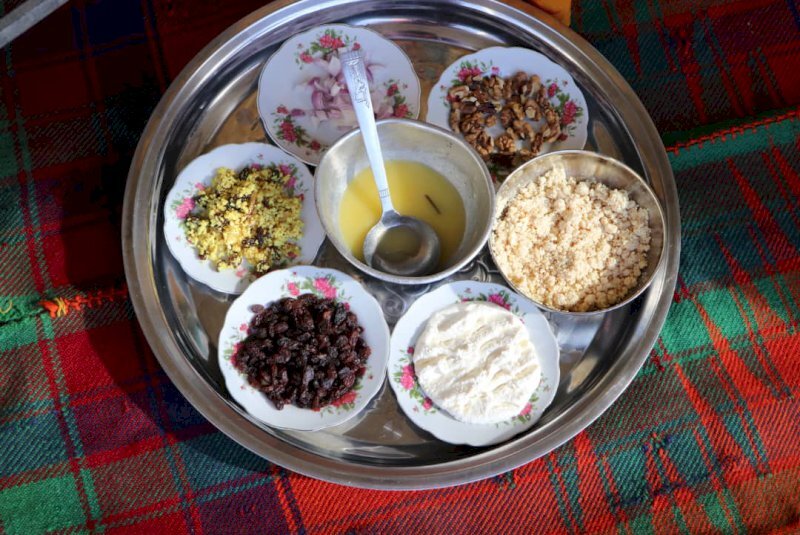INSUBCONTINENT EXCLUSIVE:
intangible cultural heritage list.The Ministry of Cultural Heritage, Tourism, and Handicrafts on Saturday announced the inscriptions in a
letter to the governor-general of the western province, CHTN reported.The skill of baking Nantiri bread, the talent of making local food of
Sukhti, and the skill of making Shekarlameh, a kind of traditional sweet, were among the items added to the prestigious list.Kermanshah
embraces a variety of awe-inspiring historical sites including Taq-e Bostan and the UNESCO-registered Bisotun.Inscribed into the base of a
towering cliff, Taq-e Bostan comprises extraordinary Sassanian bas-reliefs of ancient victorious kings divide opinions
Late afternoon is the best time to visit, as the cliff turns a brilliant orange in the setting sun, which then dies poetically on the far
side of the duck pond.Bisotun is a patchwork of immense yet impressive life-size carvings depicting king Darius I and several other figures
UNESCO has it that Bisotun bears outstanding testimony to the important interchange of human values in the development of monumental art and
writing, reflecting ancient traditions in monumental bas-reliefs.Kermanshah was founded in the 4th century CE by Bahram IV of the Sassanid
Conquered by the Arabs in 640, it was called Qirmasin (Qirmashin)
Under the Seljuk rule in the 11th century, it was the chief town of Kordestan
Occupied by the Turkish army in 1915 during World War I, it was evacuated in 1917

